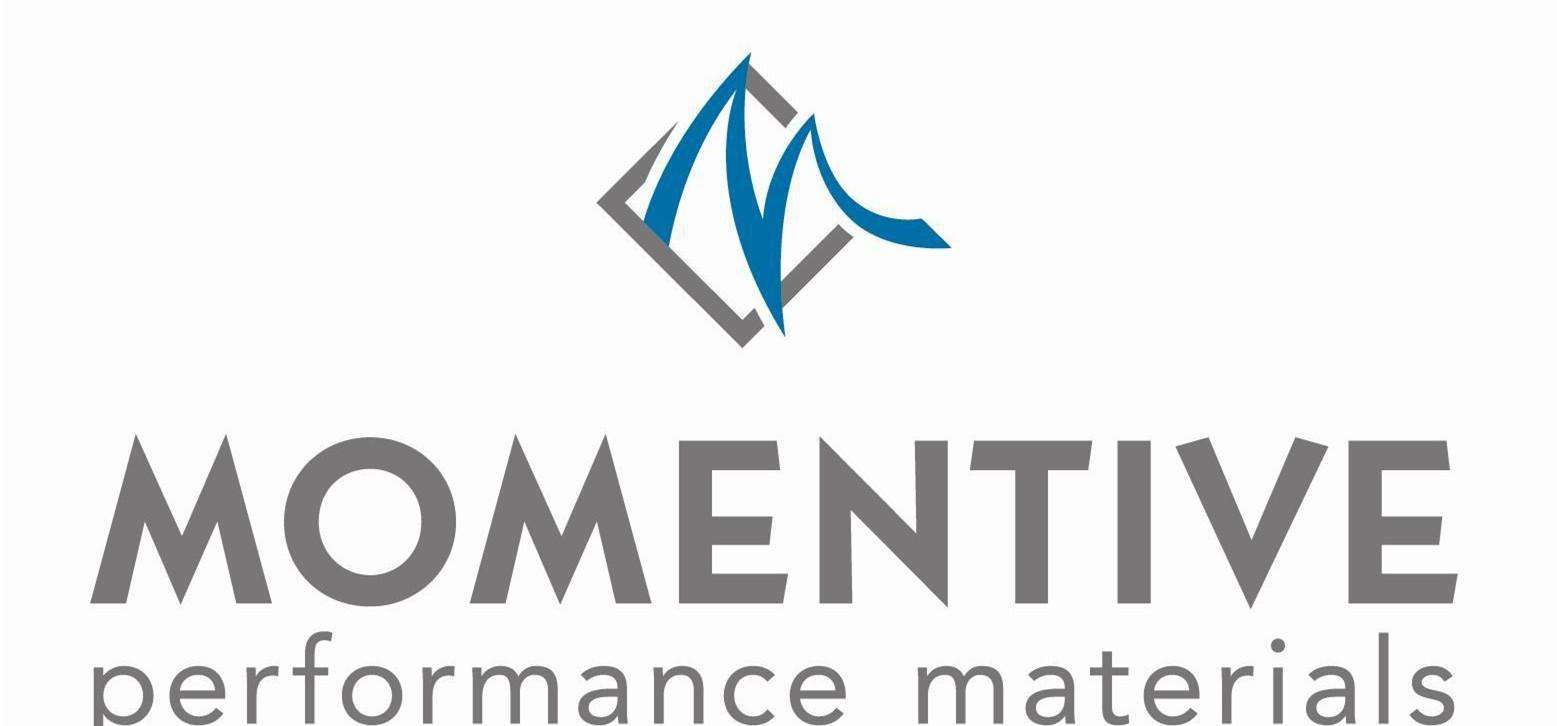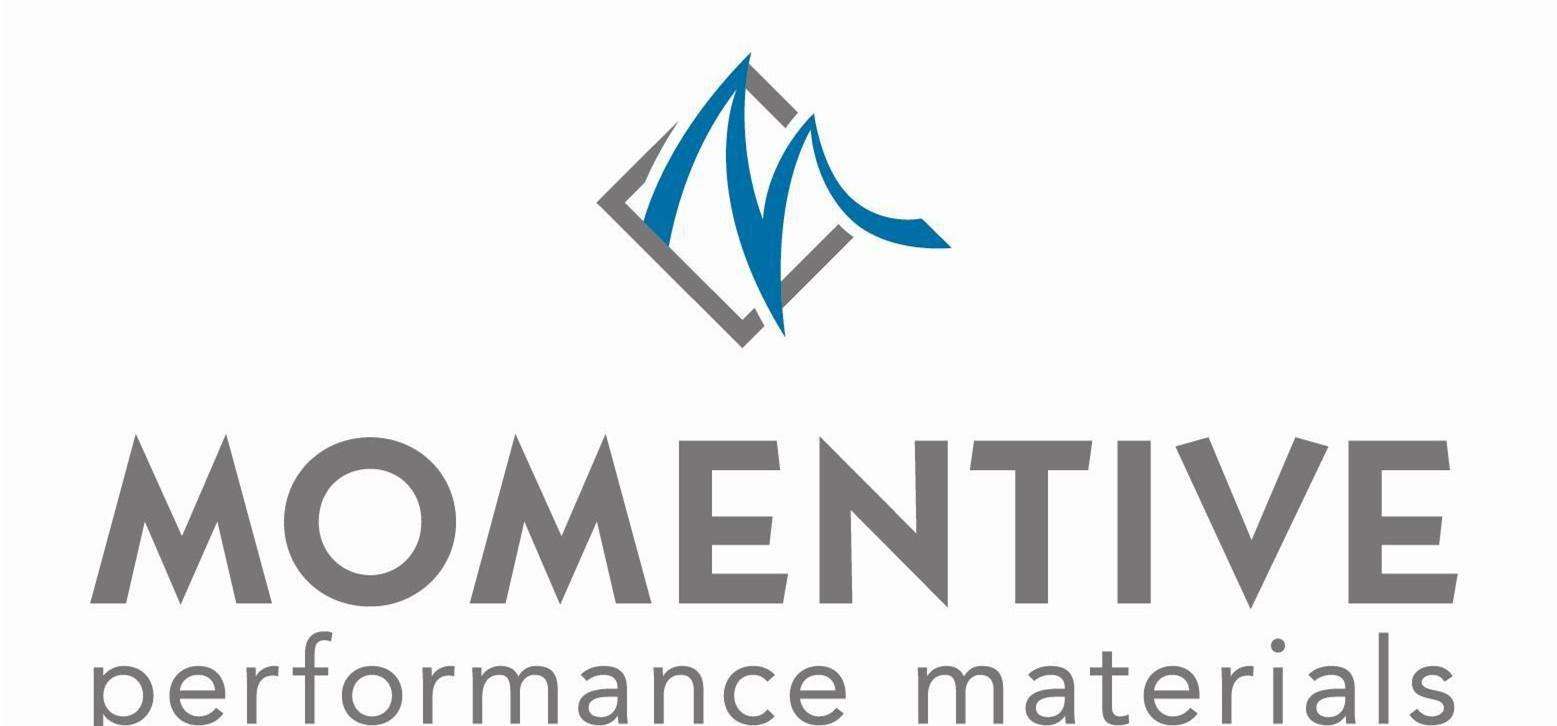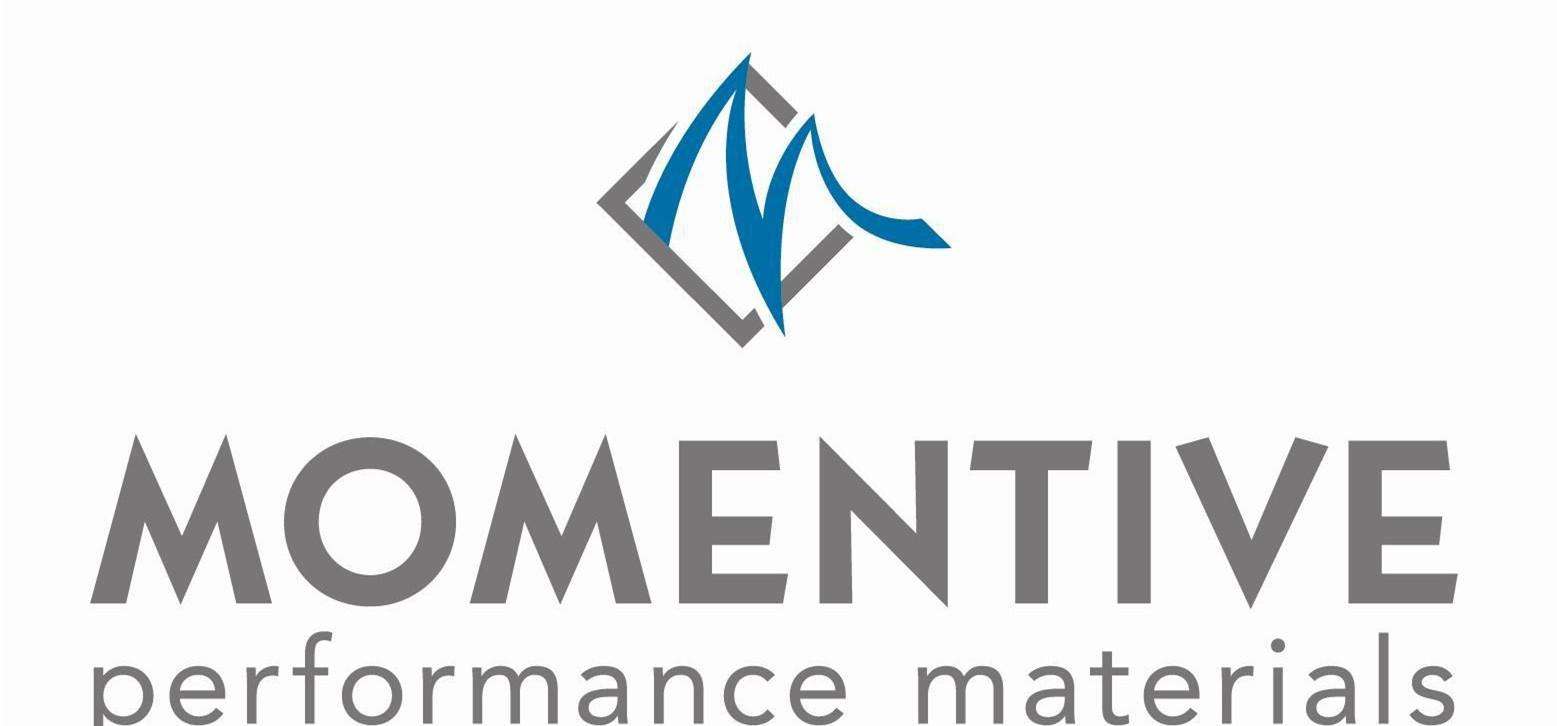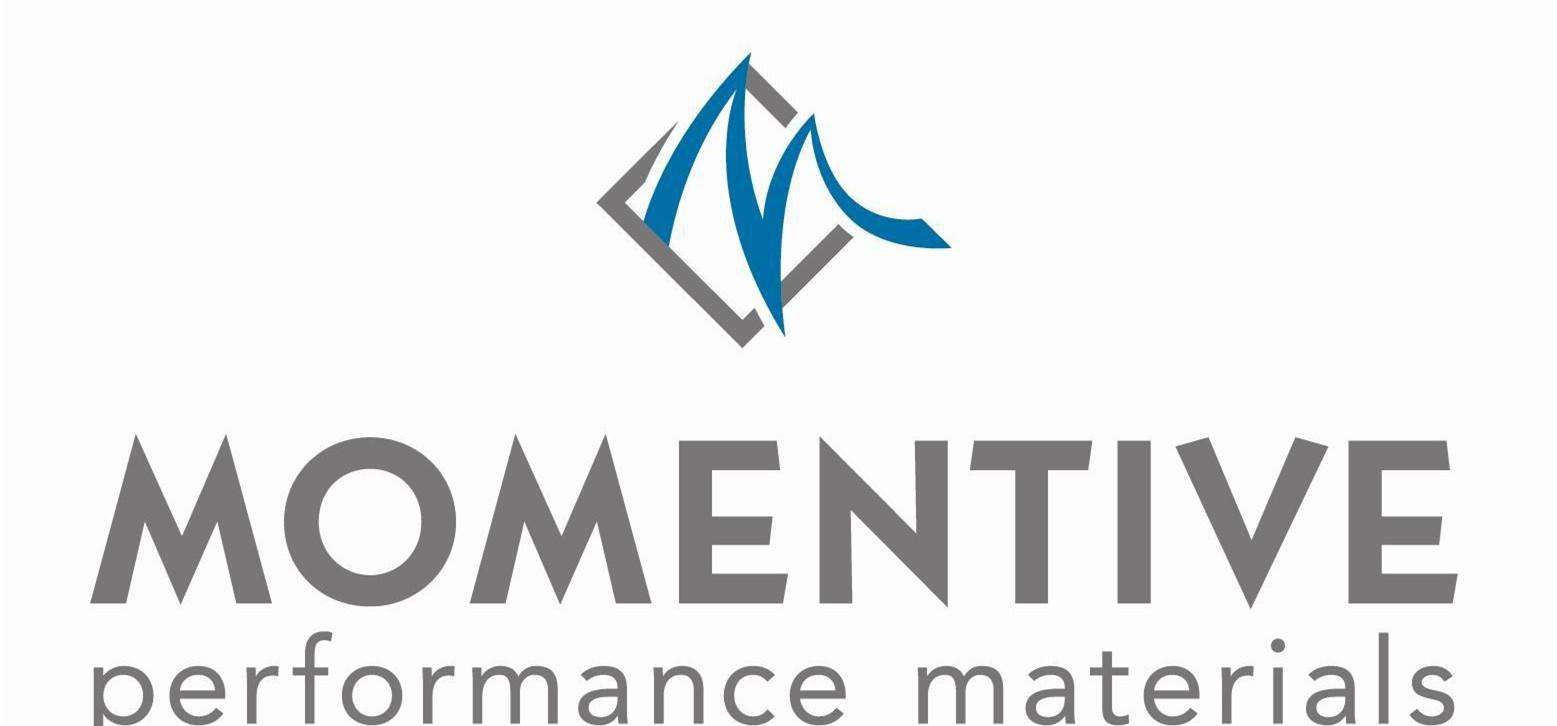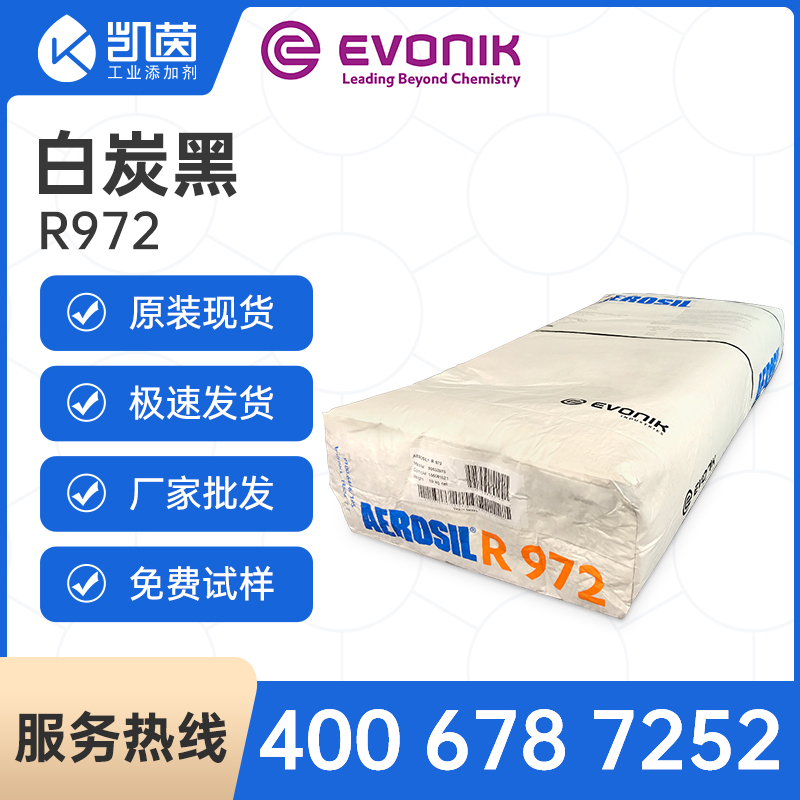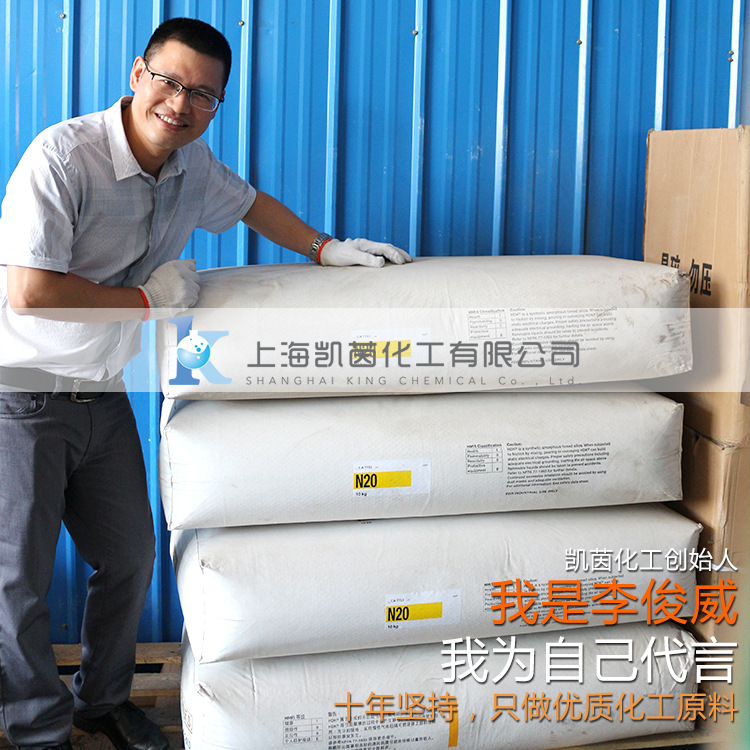

- 吡咯烷酮羧酸钠 L-吡咯烷
- 水性油墨中,加入蜡乳液与
- 农药原料中常用的三氯乙酸
- 分散剂在涂料中的八大作用
- 二氯乙酸是怎么制成的?二
- 水性涂料选择分散剂该注意
- 一篇文章让你读懂什么是氯
- 抗静电剂在涂料工业中的应
- 什么是过乙酸?过乙酸的用
- 知道增稠剂与流平剂之间的
- 一文了解乙酸酐在不同行业
- ”硬脂酸、PE蜡和石蜡“在
- 一文读懂冰乙酸!冰乙酸的
- 膨润土改性及其在环境治理
- 橡塑行业常用的溶剂,乙酸
- 工业防锈水性防锈剂研究与
- 甲酸在印染工业中的应用,
- 乳化剂np10的性能与应用
- 钨酸的作用?钨酸的性质及
- 一文读懂消光粉的三大用途
- 皮肤碰到氟硅酸了怎么办?
- 关于硅酸你了解多少?硅酸
- 神奇!氯磺酸的作用范围竟
- 胶粘剂行业竞争激烈,水性
- 高氯酸你了解多少?高氯酸
- 偶联剂和交联剂、相容剂在
- 氢溴酸的性能及用途介绍
- 无水氢氟酸有什么作用?无
- 氢氟酸你了解多少?氢氟酸
- 消泡剂在混凝土中的应用
中国已成为全球第二大医药消费市场
记者从中国科技大学获悉,合肥微尺度物质科学国家实验室罗毅教授领导的研究小组,利用高性原理计算,提出了S个光解水制氢储氢一体化的材料体系设计,该方案具有低成本、通用性、安全储氢的优点,相关成果日前发表在《自然 通讯》上。
氢能经济是20世纪70年代提出的一个“ 好”的可持续能源方案,以用之不竭的太阳光驱动,把水分解为氢气和氧气。
针对光解水制氢过程中的逆反应严重、氢气难分离和存储的问题,研究人员从前人的研究工作得到启发:石墨烯能够隔绝所有气体和液体,却对质子能够“网开一面”,大方放行。利用这一特点设计了一种二维碳氮材料与石墨烯基材料瓦克硅树脂复合的三明治结构。
在这个三明治结构体系中,碳氮材料夹在两层官能团修饰的石墨烯中。高性原理计算表明,利用太阳光能产生激子,光生激子迅速分离形成高能电子和空穴并分别迁移中间的碳氮材料和外层的石墨烯材料上。而吸附在石墨烯基材料活性位点上的水分子在光生空穴的帮助下,发生裂解,产生质子。这些产生的质子受碳氮材料上内建静电场驱动,可穿透石墨烯材料,运动到内部的二维碳氮材料上,并且遇到电子后反应产生氢气。
由于石墨烯 放行的仅仅是氢原子(质子),而光解水产生的氢气不能穿透石墨烯材料,导致光解水产生的氢气分子将被安全地保留在三明治复合体系内,抑制了逆反应的发生,实现了高储氢率下的安全储氢。
这一体系以较低的成本,巧妙地抑制了光解水制氢的逆反应发生,实现了氢气的有效提纯。将为氢能大规模应用解决好困难的氢气分离和安全存储运输两个瓶颈问题,为再次启动“氢能经济时代”打开了大门。
Graphene "stunt" to solve the problem of hydrogen production of light water
Reporters learned from China University of Science and Technology that the research team led by Prof. Luo Yi from Hefei National Laboratory for Microscale Physical Science put forward the first material system design for hydrogen-hydrogen storage and hydrogenation by photolysis and water splitting , The program has the advantages of low cost, versatility, safety of hydrogen storage, the relevant results recently published in the "Nature of" communications.
The hydrogen economy is a "perfect" sustainable energy solution put forward in the 1970s that uses inexhaustible sunlight to break down water into hydrogen and oxygen.
Aiming at the problem of serious reverse reaction in hydrogen production from photolysis of water and the difficulty of separation and storage of hydrogen, researchers from previous studies have found that graphene can separate all gases and liquids, "Open the net" & generous release. Using this feature, a two-dimensional sandwich structure of carbon-nitrogen and graphene-based materials was designed.
In this sandwich structure, carbonitride materials are sandwiched between two layers of functional group-modified graphenes. First-principles calculations show that the use of solar energy to produce excitons, photogenerated excitons quickly separated into high-energy electrons and holes and the middle of the carbon-nitrogen material and the outer layer of graphene materials respectively. The water molecules adsorbed on the active sites of the graphene-based material are cleaved with the help of photogenerated holes to generate protons. The resulting protons are driven by the built-in electrostatic field on the carbon-nitrogen material that penetrates the graphene material, moves to the internal two-dimensional carbon-nitrogen material, and reacts with electrons to produce hydrogen gas.
Since the only emission of graphene is hydrogen atom (proton), the hydrogen gas generated by photolysis can not penetrate the graphene material, and the hydrogen molecules generated by photolysis will be safely retained in the sandwich composite In the system, the occurrence of reverse reaction is suppressed, and a safe hydrogen storage under a high hydrogen storage rate is achieved.
This system, at a lower cost, ingeniously suppresses the reverse reaction of hydrogen production from photolysis to achieve an effective hydrogen purification. Will be the large-scale application of hydrogen to solve the most difficult hydrogen separation and safety storage transport two bottlenecks, to start again "hydrogen energy economy era" opened the door.

【版权声明】秉承互联网开放、包容的精神,凯茵化工欢迎各方(自)媒体、机构转载、引用我们原创内容,但要注明来源凯茵化工;同时,我们倡导尊重与保护知识产权,如发现本站文章存在版权问题,请将版权疑问、授权证明、版权证明、联系方式等,发邮件至 app@shkingchem.com,我们将第一时间核实、处理,感谢您的配合。
相关产品
【版权声明】秉承互联网开放、包容的精神,凯茵化工欢迎各方(自)媒体、机构转载、引用我们原创内容,但要注明来源凯茵化工;同时,我们倡导尊重与保护知识产权,如发现本站文章存在版权问题,请将版权疑问、授权证明、版权证明、联系方式等,发邮件至 app@shkingchem.com,我们将第一时间核实、处理,感谢您的配合。


